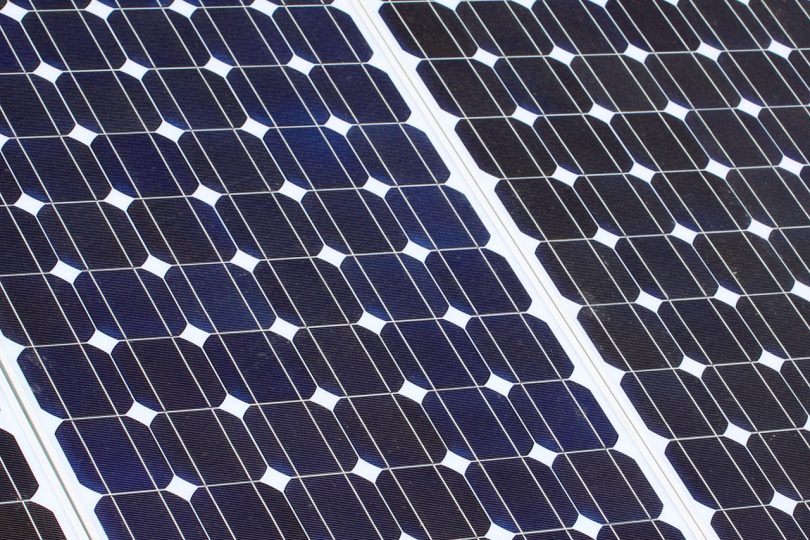We’re all aware of the impacts energy consumption has on our environment. Imagery of billowing, black clouds rising above monolithic coal power stations might come to mind.
But saving energy isn’t just great for the trees. A recent study by The Centre for Urban Development shows how low-carbon ‘Catalyst’ homes can have a huge impact on the wellbeing of residents, particularly for low-income families.
Lead researcher, Dr. Trivess Moore says the Catalyst homes were making households “about one thousand dollars better off per year, compared to the control households”.
For the financially vulnerable residents, having an extra $1000 a year has a significant impact on their lives , according to the study.
“There were benefits to their health and wellbeing. They felt happier, they felt healthier, they didn’t have to go to the doctors as much,” says Dr. Moore.
The Department of Health and Human Services (DHHS) commissioned the project, but the houses don’t come cheap, costing an additional $70,000 per house more than the standard DHHS builds.
Dr. Moore says if the exercise is repeated, they would “certainly be able to do it for about half the cost” adding, the focus on conventional cost benefit analysis is actually a problem.
“It’s very hard to quantify the benefits to the environment and there’s also a challenge about putting an economic value on the improved health benefits of sustainable housing and sustainable buildings.”
CERES Community Environment Park in East Brunswick showcases similar intelligent design ideas to those used in the study.
Energy education coordinator Ian Culbard says the main entrance buildings address most of “the principles in environmentally sustainable design.”
“Where is the sun, at what time of year and what can we get from the sun, heat and light and how can we best use it to maintain comfortable buildings?”
Culbard says living in an environmentally conscious way doesn’t have to be expensive.
“Things like double glazing, there are plastic film options you can do yourself for a few dollars a window.”
The environment park also has its own ‘Ecohouse’ used for educating visitors about cost effective ways they can make their own lifestyles and houses more sustainable.
“The flow on effect of knowledge is really powerful so just giving people the knowledge, empowering people to make a difference and to live a lifestyle that really is efficient.”
While the Catalyst house initiative has proven positive for the residents, the results of the study show how changes to the sustainability of our own homes can have far reaching benefits to our wellbeing as well.

